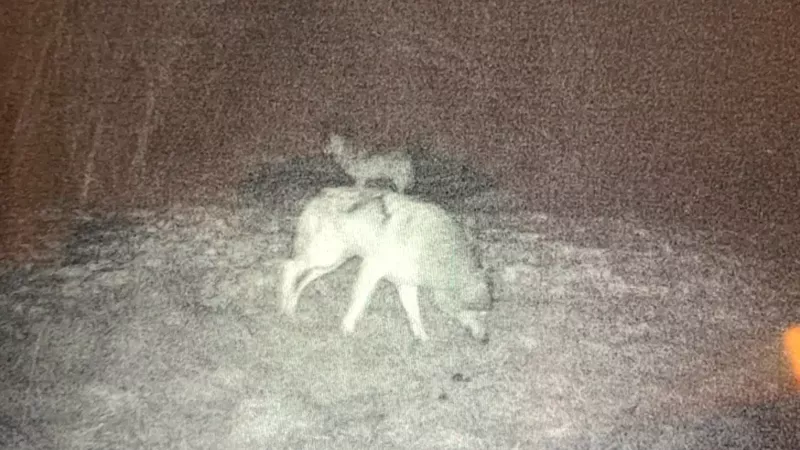
‘Eating my paycheque:’ Sask. producers looking for solutions to wolf attacks
Anytime a livestock producer puts their herds out to pasture for the summer, they can expect to lose a few.
But some producers in the Kamsack area, near the Manitoba border, are seeing losses in the double-digits – which they believe is due to wolves.
Amanda Burback remembers one cow of theirs that was attacked.
Her husband was out in the pasture looking at the cow one day and the animal was distinctive because of the white stripe on its face. The next day, they got a call and pictures of what was left of the cow.


